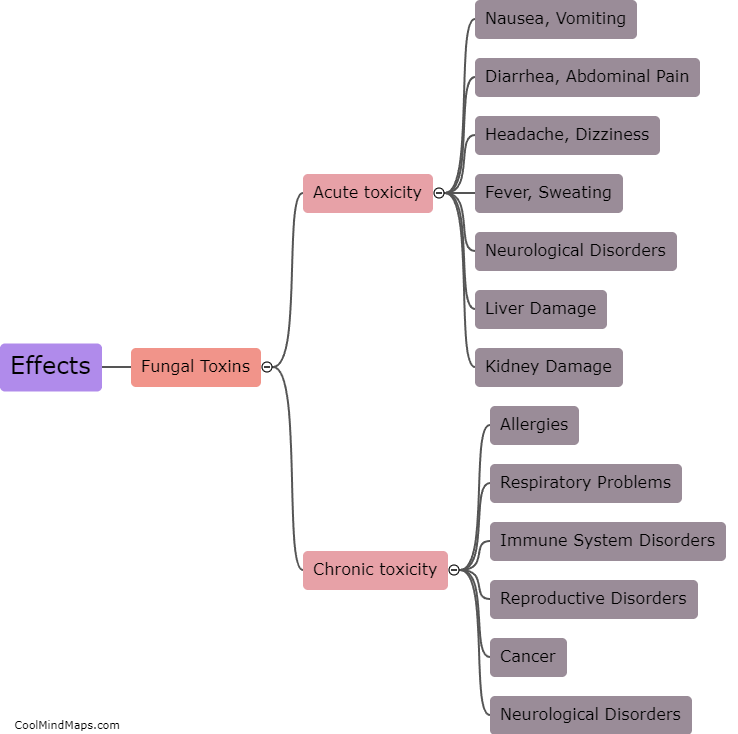What are the current theories and models of memory?
There are several current theories and models of memory that have been proposed by researchers in the field of psychology and neuroscience. One prominent theory is the multi-store model of memory, which suggests that memory consists of three separate stores: sensory memory, short-term memory, and long-term memory. According to this model, information is initially processed through sensory memory, then transferred to short-term memory, and finally encoded and stored in long-term memory. Another widely accepted theory is the working memory model, which emphasizes the active processes involved in information processing and manipulation. This model proposes that working memory consists of multiple components, including a central executive, a phonological loop, a visuospatial sketchpad, and an episodic buffer. Additionally, the levels of processing theory suggests that memory is influenced by the depth of processing during encoding, with deeper processing leading to better retention. Current research also explores the role of neural networks and synaptic connections in memory formation and consolidation, as well as the impact of factors such as emotion, attention, and context on memory retrieval and recall. Overall, these various theories and models provide valuable frameworks for understanding how memory works and continue to inspire ongoing research in the field.

This mind map was published on 23 October 2023 and has been viewed 87 times.











